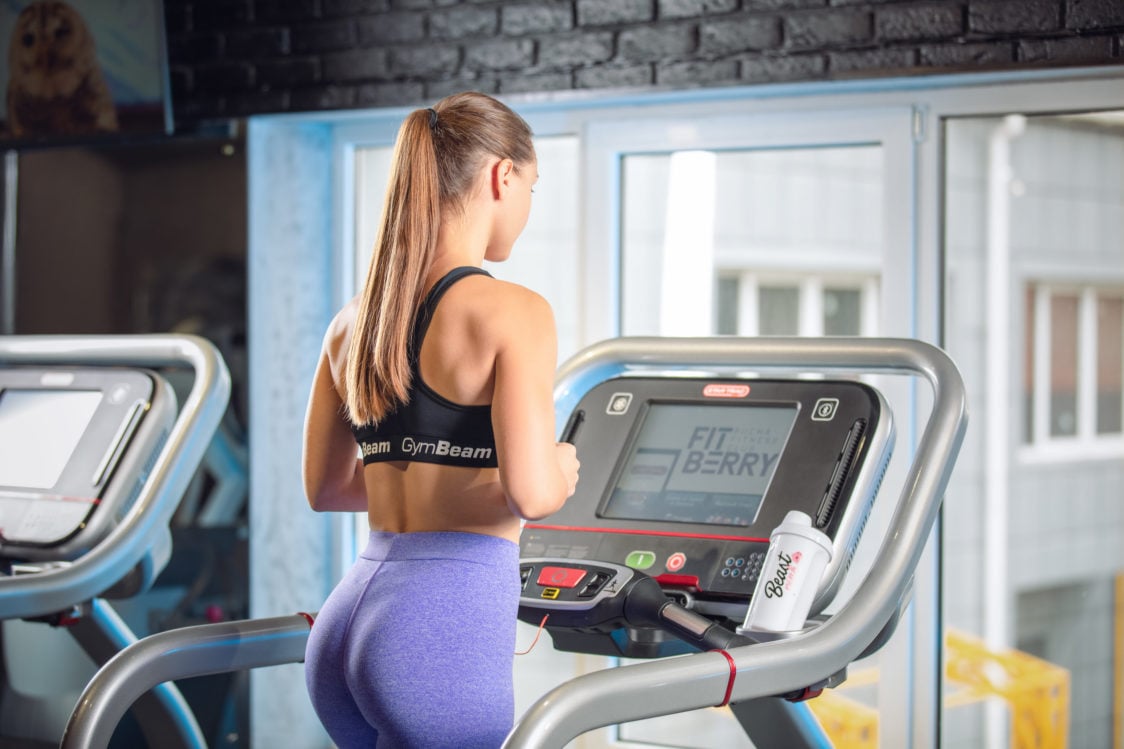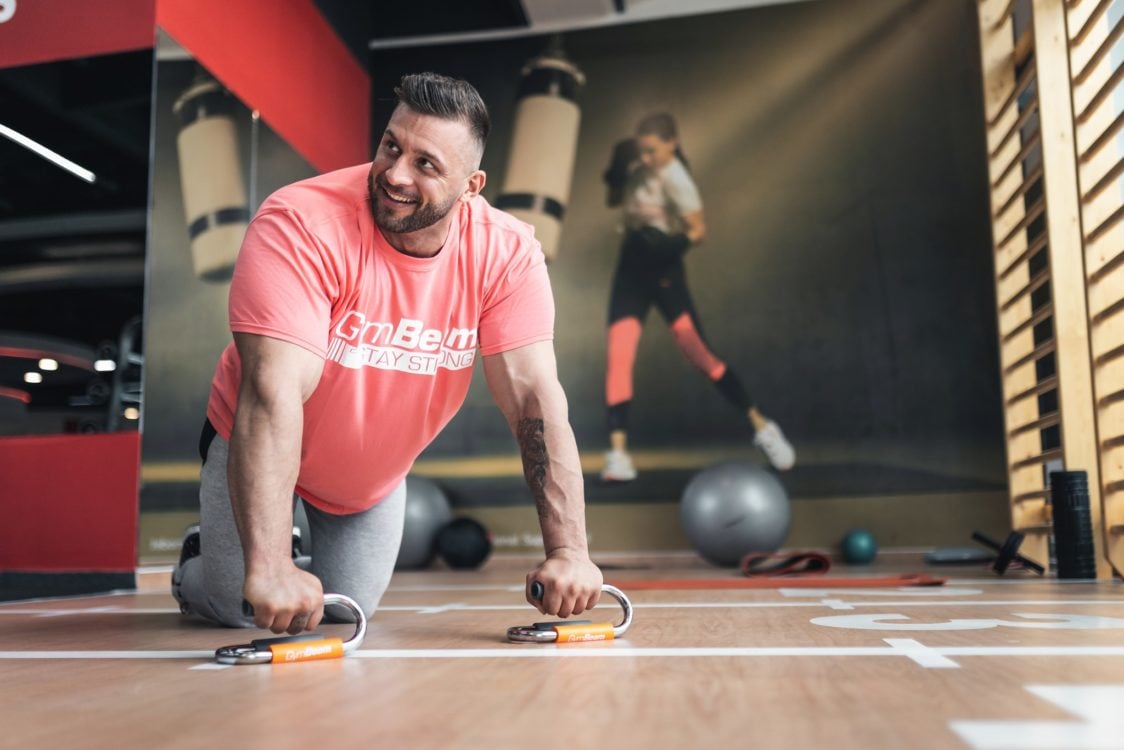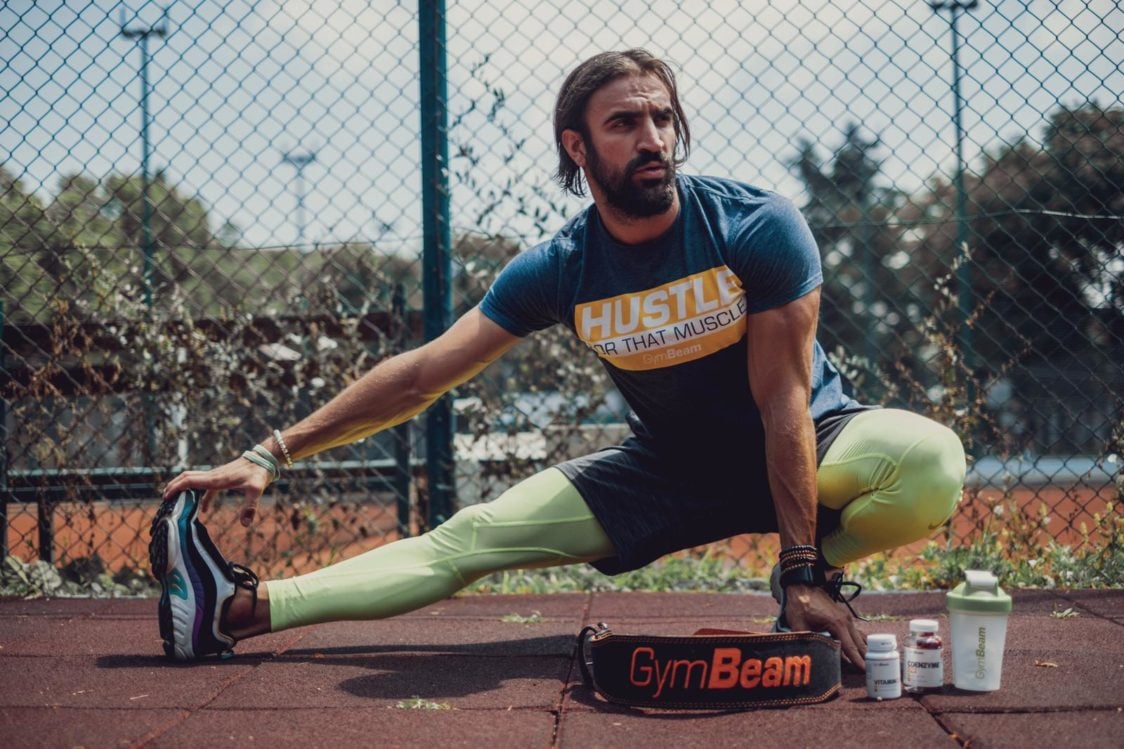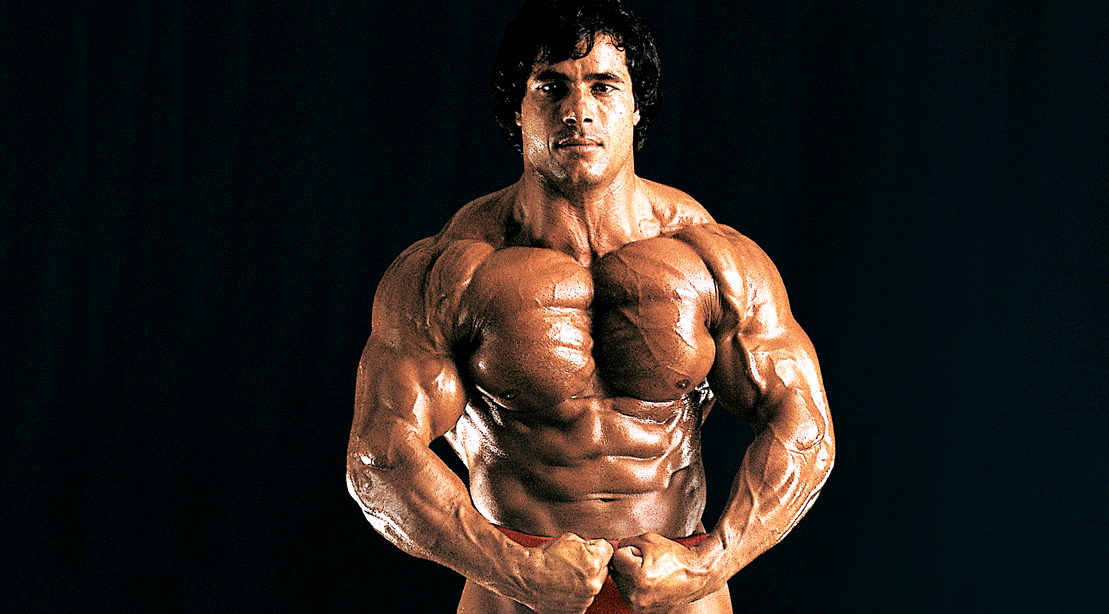Table of Contents
Are you worried about whether classic cardio or high-intensity interval training is more suitable for you? Each of these activities has many health benefits, but it is really important to choose the right one that will fit you like a glove. We will be happy to help you with that!
What is HIIT?
HIIT, that is high-intensity interval training, is a form of interval training that generally combines short phases of intense exercise with short phases of rest or exercise with lower intensity. For example, an exercise within the HIIT program named Tabata includes 20 seconds of maximum effort followed by 10 seconds of rest. One cycle of Tabata thus lasts only four minutes.
HIIT training usually combines two types of exercises – anaerobic and resistance training. During an explosive interval exercise, the heart rate should be approximately 80% above average for one to five minutes. During the rest phase, the heart rate should drop to 20%. Meters in the form of fitness watches will help you determine your heart rate during training. [1] [5]

Definition of cardio
Cardio is an acronym for Cardiovascular Exercise. It is a form of exercise with low to high intensity, depending on the type of exercise. Because the body needs enough oxygen to perform this exercise, it is considered an aerobic exercise. On the other hand, HIIT is an anaerobic exercise. During traditional cardio exercise, the heart rate should be kept approximately 60 to 80% above rest level.
When it comes to cardio, most people think of the word running, but there are a variety of options, such as cycling, skiing, swimming, or even lower-intensity exercises such as kayaking. [2]

What is the difference between aerobic and anaerobic exercise?
- Aerobic exercise – an intense exercise that supports the circulation of oxygen in the blood and is associated with increased breathing rate. Examples are running, swimming or cycling.
- Anaerobic exercise – literally means “absence of air” or “without oxygen“. It consists of a short, intense burst of physical activity, such as a sprint, where oxygen consumption exceeds its supply. Subsequently, the body is driven by the energy stored in your muscles through a process called glycolysis. [3]

Benefits of HIIT trainings
HIIT has a number of benefits, especially for people who already have some experience with exercise and can handle sudden changes in intervals well. [4] [5]
Improves heart function
One of the most recognized benefits of high interval training is its positive contribution to heart health. HIIT can help strengthen the heart as well as help it recover earlier in patients with cardiovascular disease. In addition, it can also help improve metabolic functions.
This is also confirmed by a study carried out in 2015 which found that a 10-week HIIT training program brought cardiovascular and metabolic benefits to people with heart problems and high blood pressure. Another research has shown that HIIT is safe and effective in patients with chronic stroke and older men with sedentary jobs. [9] The researchers also evaluated up to 10 studies on the benefits of HIIT in elderly individuals with health problems such as coronary arteries, heart failure, hypertension, metabolic syndrome, and obesity. A meta-analysis of these studies revealed that subjects involved in HIIT training improved their cardiorespiratory abilities compared to moderate-intensity exercise. [7] [8]

Improves VO2 levels
VO2 (maximum rate of oxygen consumption) is one of the best indicators of aerobic performance. It is expressed in millilitres of oxygen consumed per minute of activity and adjusted to body weight in kilograms: ml / kg / min. HIIT training has been shown to improve VO2 levels. The reason is that exercise with a higher intensity results in a greater disruption of the body’s homeostasis, which literally requires more energy and oxygen when returning to normal basal levels. In addition, researchers believe that VO2 is one of the best predictors of overall health. The better your VO2 is, the faster you will be able to handle all kinds of intense exercise, which will help prevent heart disease. Evidence of this theory is a renowned study that focused on VO2 levels in participants exercising on an exercise bike. They alternated 20-second high-intensity periods with 10-second rest phases. In total, they exercised this way for 30 minutes a day, which was enough to visibly show an improvement in their maximal VO2. [10] [11]
Improves performance
As cardio exercise primarily improves the aerobic system, HIIT stimulates the aerobic as well as the anaerobic system. As a result, your body has more endurance and achieves better results in all forms of exercise, no matter what they are. HIIT therefore supports your performance even when lifting dumbbells or performing various sports activities. [5]

Improves insulin sensitivity
The more sensitive the body is to insulin, the more it needs to lower blood glucose levels. The high-intensity exercise can also help effectively with this problem, as glucose levels are consumed faster during it. Therefore, HIIT can also be beneficial for patients with diabetes. Researchers believe that low- to medium-intensity physical activities, such as walking, may not be strong enough to improve cardiorespiratory condition in people with type 2 diabetes. A more intense exercise, on the other hand, may produce better results of the blood glucose control. The same study also showed a positive effect of HIIT training on blood pressure, but also the response to insulin. This training method can also increase insulin sensitivity to 24 up to 48 hours after exercise. [6] [12]
You might be interested in these products:
Promotes weight loss
Research shows that HIIT workouts are extremely effective when it comes to weight loss. According to one study, HIIT is even a better alternative to burning calories than cardio itself. This theory is confirmed by another study focusing on men over the age of 25 who are overweight. After 12 weeks, when one group participated in regular 20-minute HIIT exercises and the other only with a classic 30-minute cardio, a significant decrease in weight and visceral abdominal fat was found in the first group. Thus, these findings suggest that HIIT can help people burn more calories in shorter time. [13] [14] [15] [16]
In addition, researches show that HIIT can be more effective than other types of exercise in reducing belly fat. [13] [16]

Disadvantages of HIIT
Yes, HIIT workouts also have their drawbacks, which is why high-intensity workouts are not for everyone. [5]
- They are not intended for beginners – If you want to fully indulge in high-intensity exercise, you should first master the basics of cardio training. At the same time, they are not suitable for people who are recovering from an injury.
- Higher risk of injury – High-intensity exercises such as sprints, plyometric exercise or jumps carry a high risk of injury.
- Risk of overtraining – Frequent HIIT exercise can lead to the burnout syndrome, so you should not overdo it.
You should do HIIT, if:
- you are an experienced athlete
- you want to focus on losing weight and burning more calories in the shortest time possible
- you prefer shorter workouts
- you want to combine various exercises and intensities to liven up your workout
- you want to build endurance faster
Benefits of cardio
The fact that there is HIIT in the world does not mean that classic cardio should be completely forgotten. Here are some reasons why it should not be missing in your training plan.
Improves cardiovascular health
It is mainly the aerobic exercise that doctors most often recommend to people with a heart disease. Cardio strengthens the heart and helps it pump blood better in the body, which in turn helps maintain optimal blood pressure and good HDL cholesterol levels. It also helps lower bad LDL cholesterol. [17] [18]

Regulates weight
It is true that if you want to lose weight, you should focus on any kind of exercise or sports activity. Cardio is no exception, which has also proven to be a great tool for weight loss. Evidence of this is an extensive study that focused on calorie burning in both men and women. They ran on a medium-intensity treadmill five times a week for a period of 10 months. The results showed a significant reduction of their body weight, between 4.3 and 5.7% of the initial weight in both sexes. [20] At the same time, however, the most effective way to achieve weight loss is to combine cardio with a strength training. [5] [19] You can learn why it is so in our article How does workout promote weight loss?.
Faster recovery
Even though you train for a shorter period of time during HIIT training, your muscles are all the more stressed and you put too much pressure on your heart and body. That’s why you recover from HIIT exercise much longer than from regular cardio. However, sufficient preparation and subsequent stretching can also help you with this problem. [5] [21]
Saves glycogen levels
While in a high intensity exercise the body consumes glycogen levels excessively quickly as a source of energy, in cardio it is completely different. During a training with a lower intensity, the body burns glycogen in moderation and also draws energy from fat stores. However, this does not necessarily mean that you burn more fat during cardio exercise, but you simply know how to save glycogen sources. [5] [21]

Disadvantages of cardio exercise
- Time consuming – If you choose cardio instead of HIIT training, you should expect that exercise will take you more time.
- Risk of injury – Repeated movements over a long period of time can lead to injuries or cramps.
- Boredom – Not everyone is made for slow exercise with repeated movements. For some, such an exercise may seem boring and ineffective. It is therefore necessary to alternate the types of cardio exercises regularly.
- You do not strengthen muscles – During HIIT training you can combine aerobic exercise with strength or resistance exercises. However, during cardio, you do the same movement all the time, which may result in weight loss, but it will not help you strengthen your muscles. [5]
You should do cardio exercise if:
- you are a beginner
- you cannot exercise with very high intensity
- you train for endurance races, such as a half marathon or marathon
Which type of exercise do bodybuilders and advocates of strength trainings prefer?
As for the duel HIIT vs. Cardio, bodybuilders and powerlifters clearly prefer high-intensity trainings. One of the benefits that bodybuilders get from HIIT is the body’s increased ability to eliminate lactic acid production. Lack of oxygen in the muscles causes lactic acid to build up, which tires the muscles. However, by repeating anaerobic exercises such as HIIT or lifting heavy weights, the body is able to build tolerance and eliminate the accumulation of lactic acid in the muscles, which ultimately leads to an increase in muscle mass and strength. [5] [21]
Even in the golden era of bodybuilding, high-intensity interval exercise was part of the training of stars such as Serge Nubret, Franco Columbu, Mike Mentzer, Casey Viator and Lou Ferrigno. [21] If you want to know how to do HIIT training and what other benefits come from it, read our 8-week HIIT training plan for effective fat-burning.
HIIT vs. Cardio – who is the winner?
Both HIIT and cardio workouts have their advantages and disadvantages. However, it only depends on you, your condition and goals, which type of exercise is most suitable for you. If you are not a beginner and your goal is to lose weight and at the same time strengthen your muscles in the shortest possible time, HIIT exercise is definitely suitable for you. However, if you prefer a slower exercise, with which you will achieve weight loss gradually, cardio is just right for you. However, it is best to combine both forms of intense exercise, as this will support the correct heart rhythm. Also, remember that any kind of physical activity is a much better choice for you than just lazing around and doing nothing.
Which exercise do you prefer? Are you more of a supporter of cardio or high-intensity interval trainings? Share your opinion with us in the comments. If you liked the article, don’t forget to support it by sharing.
[1] Josh Bryant, MS, CSCS – High-Intensity Interval Training: The Ultimate Guide – https://www.bodybuilding.com/content/high-intensity-interval-training-the-ultimate-guide.html
[2] Tara Laferrara, CPT – Everything You Need to Know About Cardio – https://www.verywellfit.com/everything-you-need-to-know-about-cardio-1229553
[3] Harsh Patel, Hassan Alkhawam, Raef Madanieh, Niel Shah, Constantine E Kosmas, Timothy J Vittorio – Aerobic vs anaerobic exercise training effects on the cardiovascular system – https://www.ncbi.nlm.nih.gov/pmc/articles/PMC5329739/
[4] Grant Tinsley, PhD – 7 Benefits of High-Intensity Interval Training (HIIT) – https://www.healthline.com/nutrition/benefits-of-hiit
[5] Tara Laferrara, CPT – HIIT vs. Steady State Cardio – https://www.verywellfit.com/is-hiit-training-or-steady-state-cardio-better-4126506
[6] Stephen John Pearson, Andrea Macaluso, Syed Robiul Hussain High intensity interval training Vs moderate intensity continuous training in the management of metabolic type disease – https://medcraveonline.com/MOJAP/high-intensity-interval-training-vs-moderate-intensity-continuous-training-in-the-management-of-metabolic-type-disease.html
[7] Sharon Basaraba – High Intensity Interval Training and Heart Health – https://www.verywellfit.com/will-high-intensity-exercise-trigger-a-heart-attack-2223338
[8] Daniel Bubnis, MS, NASM-CPT, NASE Level II-CSS – What Are the Benefits of Aerobic Exercise? – https://www.healthline.com/health/fitness-exercise/benefits-of-aerobic-exercise
[9] Shigenori Ito – High-intensity interval training for health benefits and care of cardiac diseases – The key to an efficient exercise protocol – https://www.ncbi.nlm.nih.gov/pmc/articles/PMC6763680/
[10] Todd A Astorin, Ryan P Allen, Daniel W Roberson, Matt Jurancich – Effect of high-intensity interval training on cardiovascular function, VO2max, and muscular force – https://pubmed.ncbi.nlm.nih.gov/22201691/
[11] Kiera Carter – The Benefits of Interval Training (and How It Can Improve Your VO2 Max) – https://www.runnersworld.com/advanced/a20815819/interval-sessions-increasing-your-v02-max/
[12] Jorge F. T. de Souza, Murilo Dáttilo, Marco T. de Mello, Sergio Tufik and Hanna K. M. Antunes – High-Intensity Interval Training Attenuates Insulin Resistance Induced by Sleep Deprivation in Healthy Males – https://www.ncbi.nlm.nih.gov/pmc/articles/PMC5725446/
[13] Malia Frey – High Intensity Interval Workouts for Weight Loss – https://www.verywellfit.com/how-to-burn-more-fat-with-a-hiit-workout-3495991
[14] Charlotte Hilton Andersen – 8 Benefits of High-Intensity Interval Training (HIIT) – https://www.shape.com/fitness/workouts/8-benefits-high-intensity-interval-training-hiit
[15] Andrew Heffernan – Steady-State Cardio Vs. High-Intensity Interval Training – https://experiencelife.com/article/steady-state-cardio-vs-high-intensity-interval-training/
[16] Jody Braverman, CPT, FNS, RYT – The Fat Loss From Long Cardio vs. HIIT – https://www.livestrong.com/article/551893-the-fat-loss-from-long-cardio-vs-hiit/
[17] Matthew A. Nystoriak and Aruni Bhatnagar – Cardiovascular Effects and Benefits of Exercise – https://www.ncbi.nlm.nih.gov/pmc/articles/PMC6172294/
[18] Erica L. Robinson – How Does Exercise Affect Your Heart? – https://www.active.com/fitness/articles/how-does-exercise-affect-your-heart
[19] Daniel Bubnis, M.S., NASM-CPT, NASE Level II-CSS – Cardio for weight loss: What to know – https://www.medicalnewstoday.com/articles/cardio-to-lose-weight#cardio-vs-other-exercise
[20] Joseph E. Donnelly, Professor, Jeffery J. Honas, Bryan K. Smith, Matthew S. Mayo, Cheryl A. Gibson, Debra K. Sullivan, Jaehoon Lee, Stephen D. Herrmann, Kate Lambourne and Rik A. Washburna Aerobic exercise alone results in clinically significant weight loss for men and women: Midwest Exercise Trial-2 – https://www.ncbi.nlm.nih.gov/pmc/articles/PMC3630467/
[21] HIIT vs Cardio: Is One Better for Your Health? – https://www.oldschoollabs.com/hiit-vs-cardio/



Add a comment